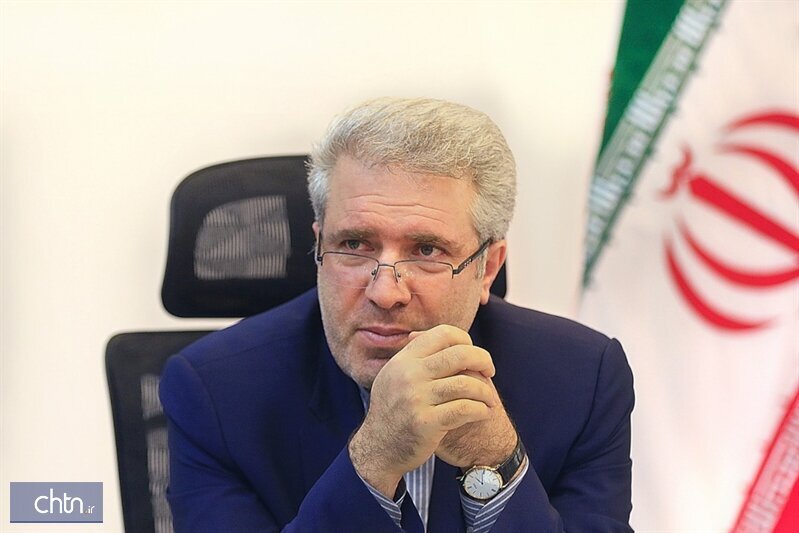We have to hire 300,000 workers to enhance cultural heritage protection: minister

TEHRAN – Iran’s tourism minister has said that his ministry must hire 300,000 workers in a bid to enhance the protection of cultural heritage sites, relics, and monuments.
“The department for protection of cultural heritage has some 2,000 employees [at the present], and there are some 100,000 historical sites so far recognized across the country, 32,000 sites and relics inscribed on the national heritage list, and 24 World Heritage sites, and to protect those, we have to put guards in three shifts, and in fact, we have to hire 300,000 people, which is a very difficult challenge,” IRIB quoted Cultural Heritage, Tourism and Handicrafts Minister Ali-Asghar Mounesan as saying on Friday.
Despite the lack of sufficient employees, the minister acclaimed supports from the police forces and the judiciary system in the arena of cultural heritage protection.
“Fortunately, the police forces are working shoulder to shoulder with our colleagues in the field of [cultural heritage] protection, and we have the support of the judiciary in this regard.”
Elsewhere in his remarks, Mounesan referred to the government’s efforts to repatriate relics once illegally smuggled abroad.
[A total of] 2671 historical relics have been returned to the country since President Hassan Rouhani took office in 2013, he said, adding “Some of which were back home from the U.S. after some 80 years (ones on loan to the Oriental Institute of the University of Chicago since 1935).”
Moreover, the police forces in charge of protecting cultural heritage are doing their best to prevent illegal diggings and excavations, and they have made a good record of seizures so far.
Last October, Iran managed to repatriate the fourth batch of Achaemenid-era clay tablets (1,783 pieces), which were on loan to the Oriental Institute of the University of Chicago since 1935
“Considerable achievements have been made in the field of repatriation of historical relics [over the past couple of years]… all historical objects are now registered in the ministry’s database and we quickly introduced them to UNESCO to be returned to the country wherever it is in the world [in case of being stolen/smuggled]. However, previously, we first had to prove that a smuggled object belongs to our country.”
In February 2018, and following years of ups and downs, the fate of the aforementioned clay tablets, which reveal the economic, social, and religious history of the Achaemenid Empire and the larger Near Eastern region in the fifth century BC, was left in the hands of a U.S. Supreme Court, which ruled in favor of Iran.
Archaeologists affiliated with the University of Chicago discovered the tablets in the 1930s while excavating in Persepolis, the ceremonial capital of the Persian Empire. However, the institute has resumed work in collaboration with colleagues in Iran, and the return of the tablets is part of a broadening of contacts between scholars in the two countries, said Gil Stein, director of the Oriental Institute at the University of Chicago.
The Achaemenid [Persian] Empire was the largest and most durable empire of its time. The empire stretched from Ethiopia, through Egypt, to Greece, to Anatolia (modern Turkey), Central Asia, and to India.
AFM/MG
Leave a Comment